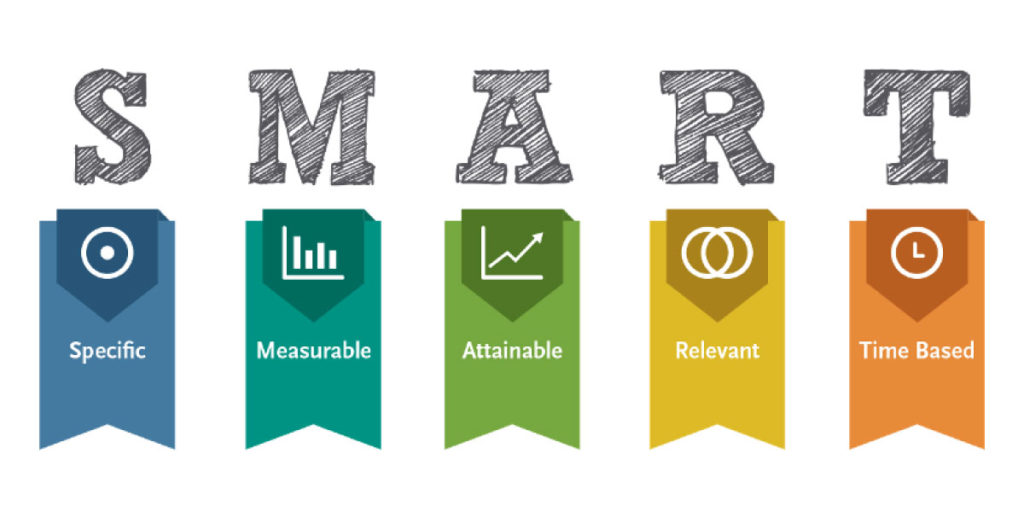Setting company goals helps to establish the framework for a successful organization. Starting at the highest level, every company should strive to set goals whether it’s yearly, quarterly, or monthly. While not every organization will have the same objectives, establishing a strategy and goals for each level can lead to company success. One method of doing this is through cascading goals.
Interested in Recruiting Solutions for Your Organization? Check out our Customizable Services
What are Cascading Goals?
Simply put, cascading goals are goals that flow from the top level of the organization to the lowest. The highest level is where the strategic goals are set and then these goals will trickle down to the rest of the team to help guide their individual-level goals. Each level of the organization should set goals that connect to the level above them in order to create alignment.
Benefits
Not only do cascading goals ensure that teams and individuals are all striving toward the same strategy, but they also add a sense of ownership and purpose for all members regardless of where they fall in the company’s hierarchy. In addition to a newfound sense of purpose, there are other benefits that can result from implementing cascading goals.

Employee Engagement
According to Gallup, only about one-third of employees are engaged at work. By creating an aligned system with cascading goals, employees will be linked and more engaged in how their role affects the company. When first introducing cascading goals into your company’s framework, be sure to hold team meetings to explain the strategy and how it will work. Meeting with your team will allow employees to be in the know and give them the chance to ask any questions they may have as well.
Transparency
When it comes to company strategy, it is important that employees understand what each level of the organization is working on and how it directly impacts their job. Cascading goals are a great way to boost awareness and establish the link between executives, managers, and employee job functions. By understanding individual and team goals, members can collaborate on ongoing projects and assignments. This leads to more engaged and motivated employees as well.
Incorporating Cascading Goals into your Organization
When first establishing the framework into your organization, it needs to be clear from the top and then carefully implementing across all levels.
Be SMART
The first step in creating a cascading goals framework into your organization is to establish specific, measurable goals at the executive level. The top-level will understand the overall vision and priority objectives that the company needs to act on to reach forecasted results. While goals need to be specific, they should also be relatable so that all members of the organization will be engaged throughout the process. When creating cascading goals, less is more, especially when first starting out. Each department should focus on the top 3 -5 Goals that they can achieve to drive the overall business goals.

Communicate to the Team
Once your organization’s goals and objectives have been set, it is time to communicate with your team. Managers should focus on creating Team and Individual stretch goals with Key Performance Indicators to measure success that align directly with what the company hopes to accomplish. Even though the point of cascading goals is that they descend down each level, teams and employees should be part of the process in determining their contribution regarding the “how” they will achieve their portion of the objective. The coordination of the framework requires constant communication from the top down and as well as the bottom up. This creates a loop of communication and transparency so that everyone is informed and can set countermeasures or alternative actions should misalignment occur.
Check-in and Incentivize
After determining goals, it is important to place an ongoing procedure for measuring the process. Managers and team leaders should take the time to meet with employees to check for progress on a monthly basis, where possible. Many organizations that use cascading goals also incorporate them into the performance management and pay systems to create focus and motivation, as well as provide development on goal areas where employees may struggle. Employees who are being rewarded for meeting the goals will be more motivated and held accountable for non-action as well. By checking in and tracking progress, the framework will continue to succeed.
Are Cascading Goals Right for You?
Goal frameworks involve continual monitoring, managing, and executing month over month. Yet, with a regular system and process established, employees can have a clear focus and development plan to stretch to higher levels and companies can benefit from everyone rowing the boat in the same direction striving for overall achievement. What better way to engage, retain, and create mutual, integrated growth for all!

